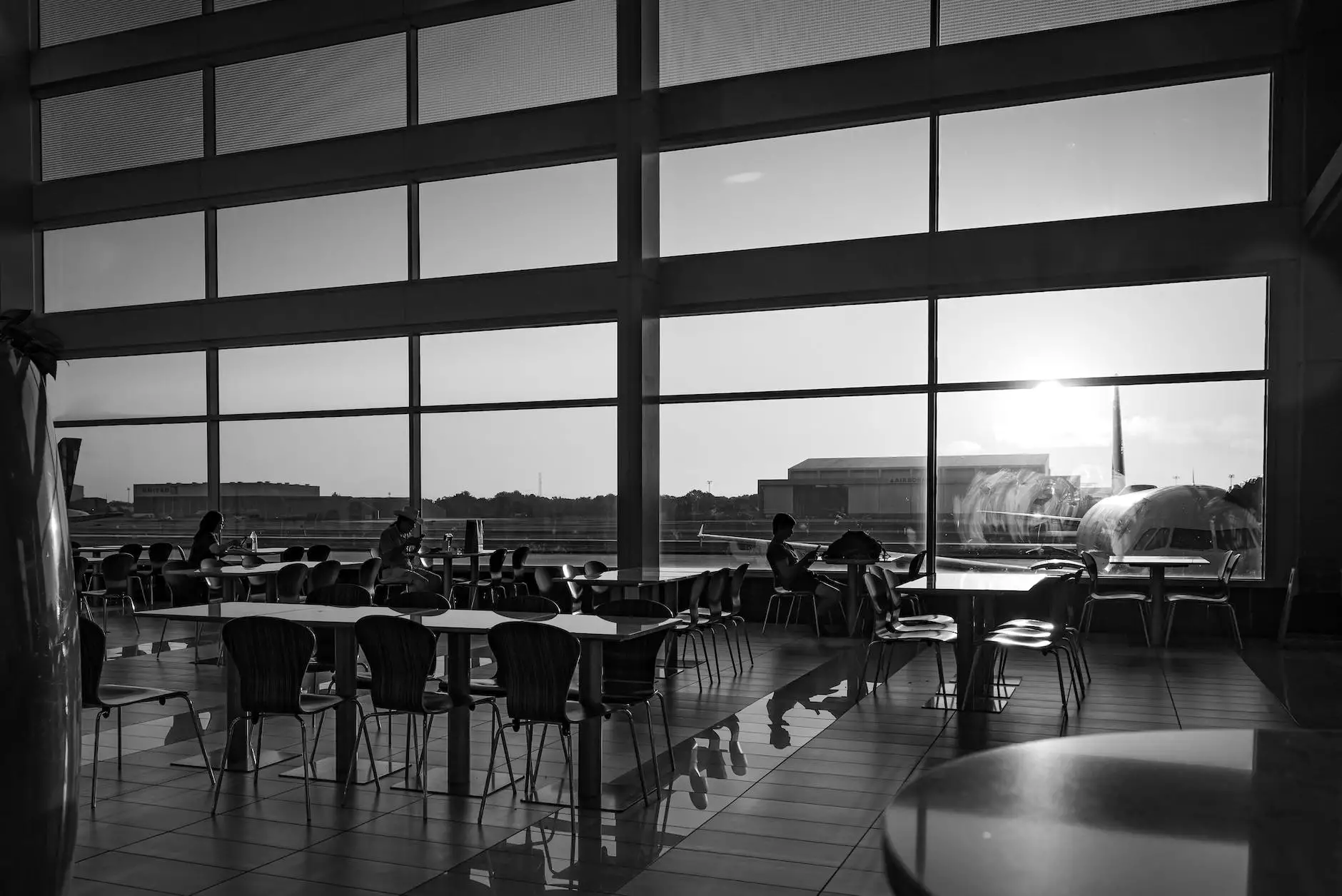Does Copyright Law Apply To Architectural Designs?

Understanding the Intersection of Copyright and Architecture
When it comes to creative works, copyright law plays a crucial role in protecting the rights of creators. However, the application of copyright law to architectural designs is a topic of much discussion and debate. In this comprehensive guide, we will explore the relationship between copyright law and architectural designs.
What is Copyright Law?
Copyright law grants exclusive rights to creators of original works, preventing others from using, reproducing, or distributing those works without permission. The protections provided by copyright law extend to a wide range of creative expressions, such as literature, music, and visual arts.
The Unique Nature of Architectural Designs
Architectural designs, being a form of artistic expression, also hold a position within the realm of copyright protection. Buildings and structures often embody creativity, artistry, and unique design elements. The question then arises, do these designs qualify for copyright protection?
Copyright Protection for Architectural Works
According to current copyright law, architectural designs are eligible for protection under certain circumstances. To qualify, an architectural design must meet the following requirements:
- Originality: The design must be original and have some level of creative expression.
- Fixed and Tangible: The design must be fixed in a tangible medium, such as drawings, blueprints, or 3D models.
- Separability: The design must be separable from its utilitarian function, meaning the aesthetic elements can be identified and exist independently from the overall structure.
Meeting these criteria, an architectural design can be eligible for copyright protection, granting the creator exclusive rights to reproduce, distribute, display, and modify their work for a specific period.
The Challenges and Limitations
While copyright law does provide protection for architectural designs, there are certain challenges and limitations to be aware of:
Functional Elements and the Merger Doctrine
The merger doctrine limits copyright protection in cases where the functional aspects of the design cannot be separated from its aesthetic elements. If a design is primarily dictated by functional considerations, copyright protection may not extend to those functional aspects.
The Concept of Fair Use
The concept of fair use allows limited use of copyrighted materials without permission for purposes such as criticism, commentary, or education. In the architectural context, fair use can apply when depicting buildings in photographs, film, or other media.
Expiration of Copyright
Copyright protection for architectural designs typically lasts for the creator's lifetime plus 70 years. After this period, the design enters the public domain, allowing others to use and modify it freely.
How Baytowne Reporting Can Assist You
At Baytowne Reporting, we understand the complexities of copyright law in the architectural industry. Our team of legal experts specializes in providing insightful guidance and comprehensive solutions to clients dealing with copyright-related challenges.
Whether you are an architect seeking to protect your designs or a party involved in a copyright dispute, our experienced professionals can assist you in navigating the legal landscape. We offer a range of services, including legal consultations, copyright registration, infringement analysis, and dispute resolution.
With Baytowne Reporting by your side, you can trust that your copyright concerns will be handled with the utmost professionalism and expertise. Contact us today to learn more about how we can support you.










